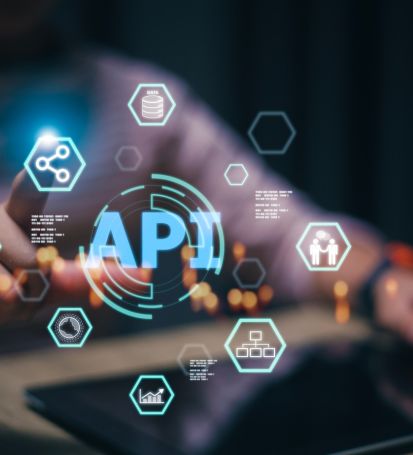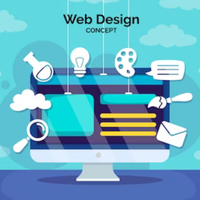In the ever-evolving landscape of software development, the API-first approach has emerged as a transformative methodology, shaping how applications are designed and developed. This approach places Application Programming Interfaces (APIs) at the forefront of the development process, influencing the architecture, functionality, and overall success of software projects. In this blog post, we will take a closer look behind the scenes of our API-first approach, exploring its benefits, challenges, and the impact it has on the creation of robust and scalable solutions.
Understanding the API-First Approach:
The API-first approach centers around designing and building the API before any other components of the application. APIs serve as the communication bridge between different software modules, enabling seamless integration and interaction. By prioritizing the API in the development process, teams can establish a clear and standardized interface for data exchange.
Enhanced Collaboration Between Teams:
One of the key advantages of the API-first approach is the improved collaboration between frontend and backend development teams. Defining the API contract early in the development cycle allows both teams to work in parallel, reducing dependencies and accelerating the overall development process. This collaborative synergy results in faster iterations and more efficient project timelines.
Flexibility and Adaptability:
APIs act as the backbone of modern software architecture, facilitating modular design and fostering flexibility. An API-first approach allows for the creation of independent, interchangeable modules that can be easily modified or replaced without disrupting the entire system. This adaptability is especially crucial in environments where frequent updates and changes are the norm.
Scalability and Future-Proofing:
Designing APIs as the foundation of an application inherently promotes scalability. As user demands grow and technologies evolve, an API-first approach ensures that the underlying infrastructure can scale horizontally to accommodate increased loads. This future-proofing is essential for applications intended to thrive in a rapidly changing technological landscape.
Reducing Development Time and Costs:
By focusing on the API first, development teams can streamline the overall development process. Reusable API components, standardized interfaces, and efficient collaboration lead to shorter development cycles and reduced costs. This efficiency is particularly advantageous in projects with tight deadlines or limited resources.
API Documentation as a Key Deliverable:
A natural outcome of the API-first approach is the early creation of comprehensive API documentation. This documentation serves as a guide for both internal and external developers, ensuring a clear understanding of how to interact with the application’s functionalities. Well-documented APIs facilitate smoother integration processes and promote a developer-friendly ecosystem.
Testing and Quality Assurance:
Adopting an API-first approach allows for thorough testing of the API in isolation before integrating it into the larger application. This compartmentalized testing enables developers to identify and address issues at an early stage, reducing the likelihood of bugs or inconsistencies in the final product.
Conclusion:
Our API-first approach is not just a development strategy; it’s a philosophy that underpins our commitment to delivering robust, scalable, and future-ready solutions. By prioritizing the design and development of APIs, we lay the groundwork for efficient collaboration, flexibility, and a streamlined development process. As technology continues to advance, our API-first approach ensures that our solutions remain agile, adaptable, and at the forefront of innovation in the ever-evolving landscape of software development.



